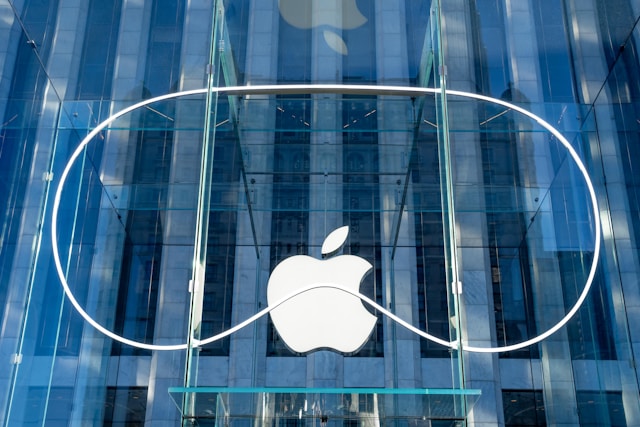Apple pivots away from Vision Pro successor to prioritize lighter, cheaper AR/VR headset for 2025 release
Apple is making strategic shifts in its augmented reality (AR) and virtual reality (VR) product lineup, opting to forego plans for a successor to its high-end Vision Pro headset and instead concentrating efforts on developing a more affordable AR/VR headset. This decision, reported by The Information, comes less than a year after the debut of the Vision Pro, which received mixed reviews primarily due to its weight and high price point.
Launched in February 2024, the Vision Pro aimed to set a new standard for AR/VR experiences with its advanced display technology. Despite positive feedback on its display quality, critics and consumers alike highlighted concerns over its hefty base price of $3,499, escalating to $4,800 for the fully loaded version. These factors prompted Apple to reassess its approach in the competitive AR/VR market.
Embed from Getty ImagesSources indicate that Apple has communicated to suppliers its intention to abandon plans for a Vision Pro successor. Instead, the tech giant is redirecting resources towards a more cost-effective AR/VR headset slated for release in 2025. The new headset aims to retain the high-resolution display while achieving a weight reduction of at least 33%, addressing one of the key criticisms levied against the Vision Pro.
In parallel, Bloomberg reports suggest Apple is exploring additional headset options priced between $1,500 to $2,500 to cater to broader consumer segments. Despite these efforts, challenges in developing AR glasses persist, with sources indicating potential delays pushing the launch timeline to around 2027. Technical complexities in integrating advanced technology into compact, wearable frames pose significant hurdles for Apple’s smart glasses initiative.
Mark Gurman from Bloomberg notes that Apple’s efforts on the AR glasses project have been hindered by staffing reallocations to prioritize the development of more affordable AR/VR headsets. Moreover, competing successfully in the smart glasses market requires overcoming substantial design and engineering challenges, exemplified by Meta’s recent success with its Ray-Ban smart glasses.
Analysis:
Political Perspective: From a political standpoint, Apple’s shift in focus towards more affordable AR/VR headsets could align with broader governmental strategies to promote accessibility in technology. By democratizing access to immersive technologies, Apple’s decision may garner positive reception from policymakers advocating for technological inclusivity and consumer choice.
Social Perspective: Socially, Apple’s pivot reflects growing consumer demand for accessible and user-friendly AR/VR solutions. The emphasis on reducing product costs and enhancing usability could democratize access to advanced technologies, potentially bridging the digital divide and fostering greater societal integration of AR/VR applications.
Economic Perspective: Economically, Apple’s strategic realignment underscores the dynamics of market competition and consumer demand in the tech industry. By diversifying its AR/VR product offerings and targeting lower price points, Apple seeks to capture a larger market share while mitigating financial risks associated with high-cost, niche products like the Vision Pro.
Technological Perspective: Technologically, Apple’s challenges in developing AR glasses highlight the complexities of integrating cutting-edge technologies into compact, wearable devices. The shift towards lighter, more affordable headsets reflects ongoing efforts to innovate in AR/VR hardware, balancing technological advancements with consumer usability and market viability.
Environmental Perspective: Environmentally, Apple’s approach to developing lighter AR/VR headsets could potentially reduce the environmental impact associated with product manufacturing and transportation. By focusing on product lightweight and optimizing resource efficiency, Apple aims to align its technological innovations with sustainability goals and consumer preferences.
